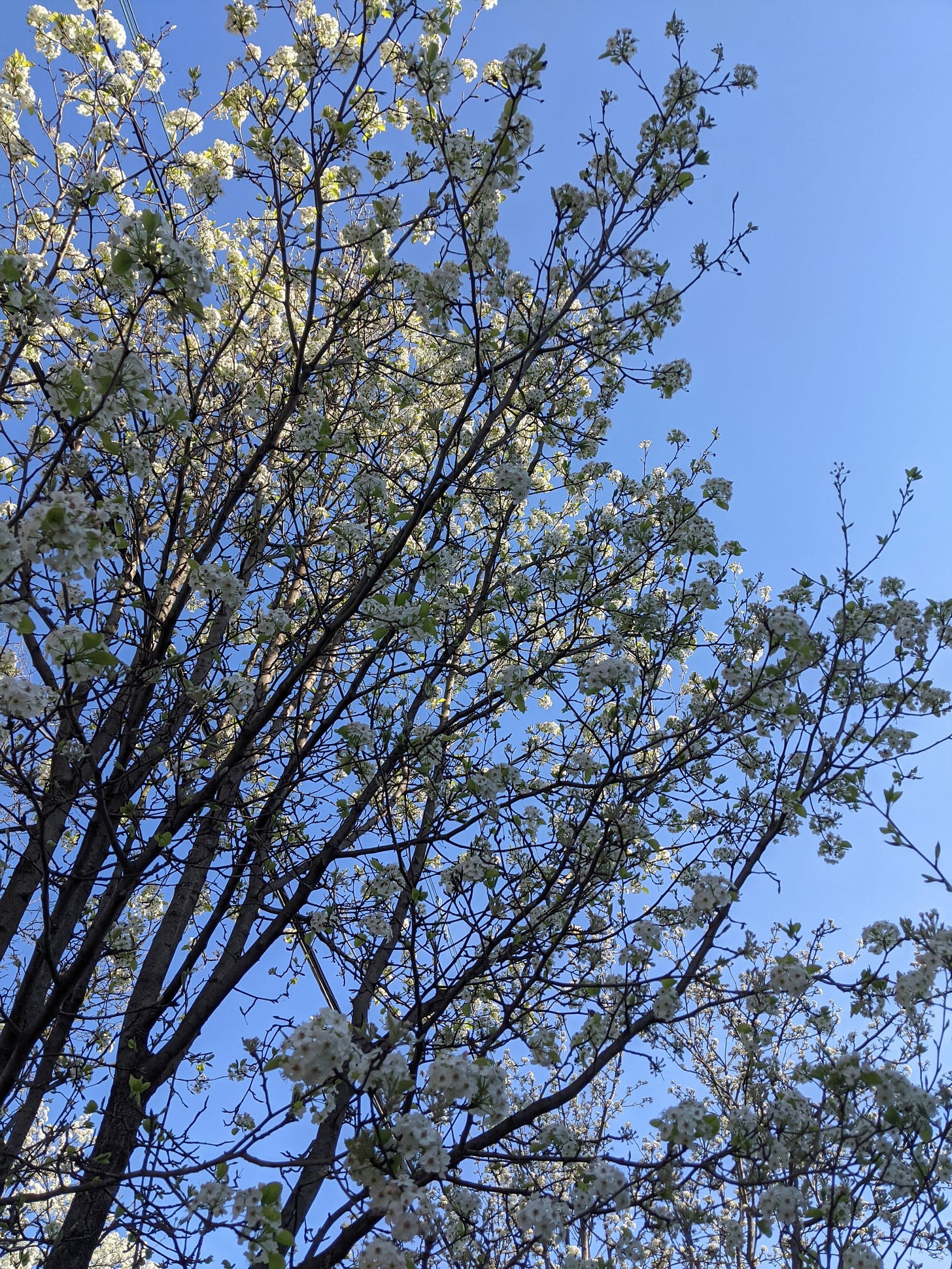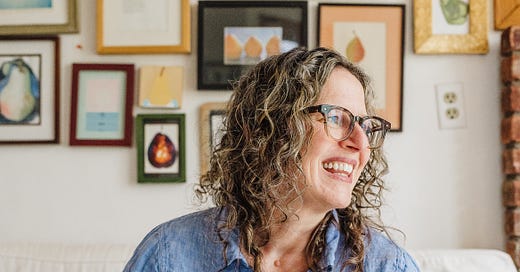

Discover more from Write More, Be Less Careful
I sat down to work on this newsletter and clicked through twitter first, and the news today - the trial of Derek Chauvin, the murder of Daunte Wright by a policeman, a school shooting in Nashville - is so bad it was hard to know what to write. Writing a poem feels like such a small thing sometimes, in contrast with the horrors of the world. But there are also so many poems that have given me such joy and comfort, and I wanted to start by sharing one here.
This is January Gill O’Neil’s remarkable poem “Maybe the Milky Way,” from her book Rewilding:
Maybe the Milky Way
January Gill O’NeilMy son fills the inner space between my arm and body.
We lay in the wet grass in the heart of the White Mountains,far from the glare of city lights. Maybe it’s the Milky Way,
Orion’s belt drifts in a hemisphere so crowded with starswe cannot locate it. We laugh, finger fine clusters of yellow-white
to create spirographs in star fields, our empty hands outstretchedand hungry - for what? We do not know. Like a private tour
of a planetarium’s dome, it is our night. We know the starsare watching us, would cast our shadows into the next galaxy
if they could. They watch him as I watch him, light reflecting light,his beauty too dangerous to touch or hold or explain.
The love for my son would incinerate us if I get too close.Tonight our hands girdle the heavens as we write new names
for ourselves, wishing on stars that neither shoot nor fall,dissolve into stardust, while the campfire smolders
and the marshmallows, unattended, burn orange to black.
If you’d like to write a poem, here’s one way in.
Prompt #13: Tessellations
Go back through your old notebooks or old poems and find an image or phrase you like, then use that as the starting point for a freewrite into a new poem.
An aside: for years, I've been calling this process tessellation, and I've had text on my revision handout that reads like this:
Tessellations: The artist Jasper Johns works by sketching, then selecting one image from the sketch he likes, then beginning a new sketch from that smaller original image. Do the same thing with your work – choose an image or phrase you enjoy, then freewrite using that image or phrase as your starting point.
When I went to check my work and perhaps provide you with a link to read more about Jasper Johns, whose work I used to visit often in the Menil when I lived in Houston, all I could find was this remarkably mean article. But I stand by the practice of re-writing from a fragment of a larger piece, even if I've been wrong in what I call it. I hope you’ll find it useful and forgive me my errors in terminology.
If you need more to get the poem going, you could add any of the following: the names of three plants, birds, or bodies of water near you; the name of a favorite shade of lipstick or nail polish (Sylvia Plath famously wore Revlon’s Cherries in the Snow; I long thought Clinique’s Black Honey Almost Lipstick was the height of glamour); any of the images or phrases from your poetry deck.
If you’d like a form, try writing the poem as instructions, or sort of slant-wise instructions, as in Ada Limón’s Instructions on Not Giving Up.
Sharing your work helps sustain momentum. I’ll leave the comments open, so you can share a poem title, a snippet of a line, or something else about your writing life.
Subscribe to Write More, Be Less Careful
why writing is hard & how to do it anyway












Nancy, I'm jealous of your students! Every one of these exercises is so enticing, so clearly formulated and exciting to use! I especially appreciate the pacing of these exercises. There's an intuitive rhythm and variety here that has made this a wonderful month for me so far. Thank you so very much for your generous sharing of your talents.